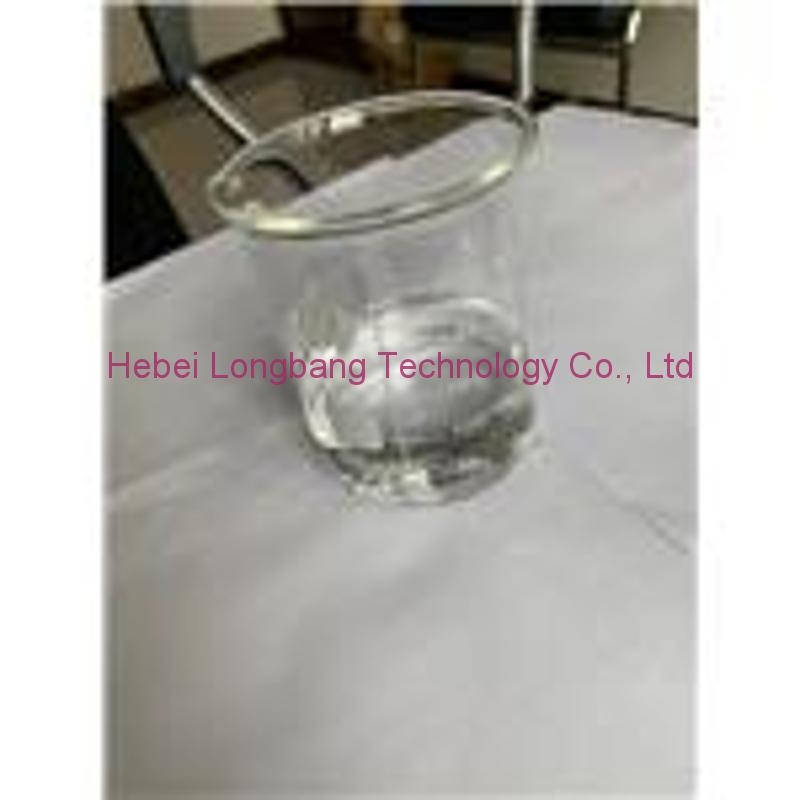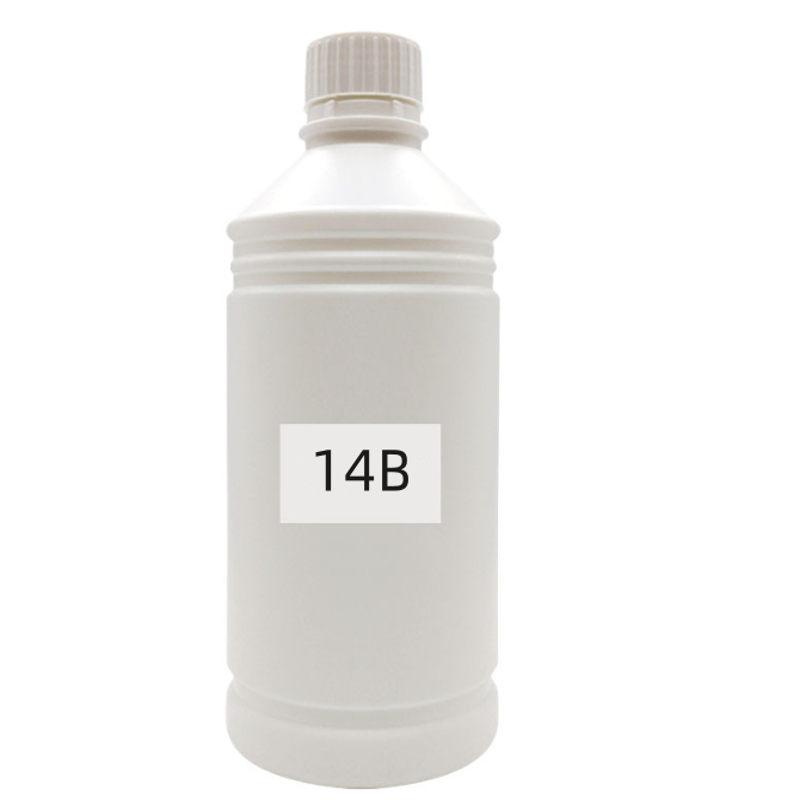-
Categories
-
Pharmaceutical Intermediates
-
Active Pharmaceutical Ingredients
-
Food Additives
- Industrial Coatings
- Agrochemicals
- Dyes and Pigments
- Surfactant
- Flavors and Fragrances
- Chemical Reagents
- Catalyst and Auxiliary
- Natural Products
- Inorganic Chemistry
-
Organic Chemistry
-
Biochemical Engineering
- Analytical Chemistry
-
Cosmetic Ingredient
- Water Treatment Chemical
-
Pharmaceutical Intermediates
Promotion
ECHEMI Mall
Wholesale
Weekly Price
Exhibition
News
-
Trade Service
Hydroxypropyl-gamma-cyclodextrin, commonly referred to as HP-g-CD, is a modified form of cyclodextrin, a naturally occurring, ring-shaped sugar compound.
Cyclodextrin has several applications in the pharmaceutical and chemical industries due to its ability to form inclusion complexes with a variety of chemical compounds, which improves the solubility, stability, and bioavailability of these compounds.
HP-g-CD is a particularly useful form of cyclodextrin because it can be easily synthesized using a variety of methods, making it a versatile compound for industrial applications.
One of the most common methods for synthesizing HP-g-CD is through the reaction of hydroxypropyl chloride with gamma-cyclodextrin.
In this process, the hydroxyl groups on the hydroxypropyl chloride react with the hydroxyl groups on the gamma-cyclodextrin to form an inclusion complex.
The reaction is typically conducted in a solvent such as dimethylformamide or dimethylacetamide, and is often catalyzed by an acid catalyst such as hydrochloric acid.
The product is then purified and dried to remove any remaining impurities.
Another method for synthesizing HP-g-CD involves the reaction of hydroxypropylbenzaldehyde with gamma-cyclodextrin.
In this process, the hydroxyl groups on the hydroxypropylbenzaldehyde react with the hydroxyl groups on the gamma-cyclodextrin to form an inclusion complex.
The reaction is typically conducted in a solvent such as dimethylformamide or dimethylacetamide, and is often catalyzed by an acid catalyst such as hydrochloric acid.
The product is then purified and dried to remove any remaining impurities.
HP-g-CD can also be synthesized by using a Suzuki-Miyaura cross-coupling reaction.
In this process, a boronic acid derivative of hydroxypropyl phenyl ether is reacted with gamma-cyclodextrin in the presence of a palladium catalyst, such as tetrakis(triphenylphosphine)palladium(0), and a base, such as potassium carbonate.
The product is then purified and dried to remove any remaining impurities.
Once synthesized, HP-g-CD can be further modified to create new derivatives with different chemical and physical properties.
For example, HP-g-CD can be modified by introducing a maleimide group, which can be used for protein conjugation.
HP-g-CD can also be modified by introducing a fluorescent dye, which can be used for imaging purposes.
In the pharmaceutical industry, HP-g-CD is often used as a pharmaceutical excipient, which is a substance added to a drug to improve its properties or to make it more suitable for administration.
HP-g-CD can improve the solubility and stability of poorly soluble drugs, which can increase their bioavailability.
HP-g-CD can also be used to form inclusion complexes with drugs that have low water solubility, which can increase their solubility and bioavailability.
In the chemical industry, HP-g-CD is often used as a catalyst or catalyst support for various chemical reactions.
For example, HP-g-CD can be used as a catalyst for the hydrogenation of organic compounds, such as fats and oils.
HP-g-CD can also be used as a catalyst support for metal catalysts, such as palladium and platinum, which are often used in hydrogenation and other chemical reactions.
HP-g-CD has also been used in the







